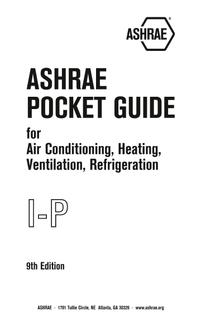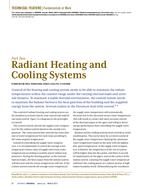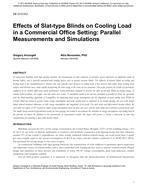Airtightness testing is the process in which the building enclosure is tested to quantify its air leakage and qualitatively identify airflow paths through the air barrier system. Testing is often performed as part of the commissioning process for the building enclosure air barrier and mechanical systems in new buildings or to identify air leakage pathways to make improvements to existing buildings.
Quantitative airtightness testing of single-family homes is fairly common and understood by the industry as hundreds of thousands of houses have been tested across North America over the past decades as part of new construction or as part of various weatherization and energy upgrade programs. Quantitative airtightness testing of larger buildings such as those in the commercial or large residential building sector is much less common in North America as the tests tend to be complicated and costly and are not required by most building codes. The only requirements for large building airtightness tests are for new US GSA and US Army Corps buildings and for large buildings built under recent Washington State and Seattle Energy Codes.
Within Washington State and Seattle, all commercial buildings and residential buildings over three stories require a whole-building airtightness test. There is a requirement in both energy codes to achieve a target airtightness test result; however, both codes have provisions that allow the code official to waive the quantitative result of a failed test if sufficient air sealing efforts have been made. This is allowing the design and construction industry time to learn how airtight newly constructed buildings are and where improvements can be made to air barrier systems and materials. The authors have been involved with many of these large building airtightness tests on both the design and testing teams. From these projects and several research studies of similar buildings we have gathered a database of Washington State enclosure airtightness values along with building types and air barrier system components. Some trends are beginning to show up in the data which suggest that certain air barrier systems may be more effective than others. Lessons learned about air barrier sealing practices and insight into airtightness testing procedures for large buildings will be shared.
Citation: ASHRAE Papers CD: 2014 ASHRAE Annual Conference, Seattle, WA
Product Details
- Published:
- 2014
- Number of Pages:
- 8
- File Size:
- 1 file , 1.6 MB
- Product Code(s):
- D-SE-14-C037


